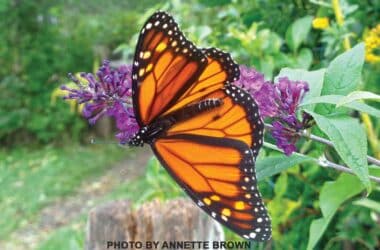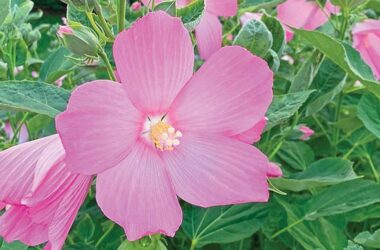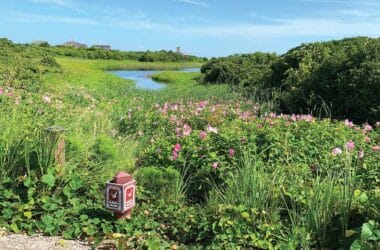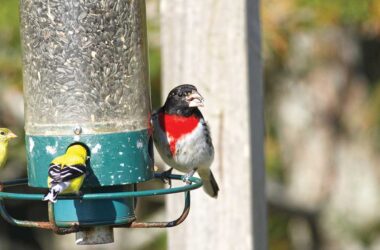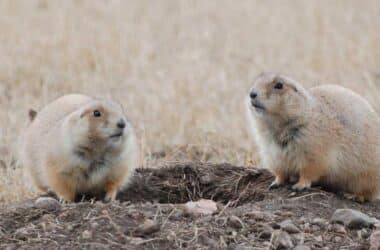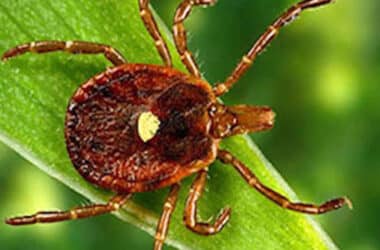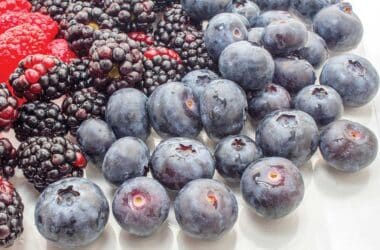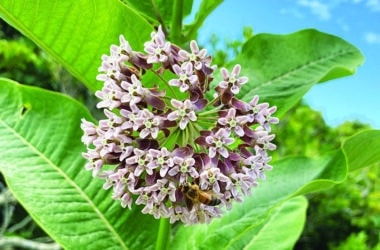As the old proverb goes, “If you love something, set it free…” For nature and wild things, it should be edited to read “If you love something, let it be.” There can be a fine line between loving nature and over-loving nature. This is evident at some of the most popular National Parks like Yellowstone, Arches, or Joshua Tree. Some of these most famous natural areas are getting loved to death: overcrowding, trampling vegetation, garbage, etc.
Tag: Dr. Sarah Treanor Bois
The Results Are In
The results of the 2021 Nantucket Land Council and Linda Loring Nature Foundation BioBlitz are in and we’re sharing some highlights and interesting observations from this highly successful exploration of nature on Nantucket!
For those who didn’t read the earlier article (yesterdaysisland.com/take-the- 2021-bioblitz-challenge/), a BioBliz is basically a mad dash in a specified area to catalog as many species as possible. The 2021 NLC/LLNF BioBlitz sought to document the biodiversity of Nantucket during the month of July—a perfect month for a BioBlitz.
Escape to Nature and Find Serenity
According to the great authority known as social media, the Nantucket population at the onset of August was somewhere between 90,000 and 100,000 people. I cannot imagine that our island can hold that many people!
If you try finding a parking spot, a restaurant reservation, or a babysitter, you know that those numbers might be accurate. Reports of water use, electricity use, and empty shelves at the grocery store all point to lots and lots of people on the island.
Take Down Your Feeders
A mysterious bird illness has been plaguing songbirds in the eastern US this summer. The specific cause and mode of spread are still unknown, but it has been spreading. State and federal wildlife officials, researchers, and birders are concerned, and investigations continue to find a cause. With many breeding songbirds on-island, local conservation groups are keeping an eye out for the mysterious illness that has yet to be reported in Massachusetts.
The Problem with Prairie Dogs
As an invasive species plant ecologist, I work a lot with non-native plants, their invasion history and how and why plants were transported to the island. One fascinating and little-known fact about invasions on Nantucket actually comes in the form of a small, cute mammal. One of the biggest invasive species problems Nantucket has ever faced was the black-tailed prairie dog.
Ick! A Tick! What to Do
eastern, south-central, and mid-Atlantic states, their distribution has been expanding. Lone Star ticks can now be found as far west as Colorado and Wyoming and as far north as Maine. They now co-occur with blacklegged ticks in coastal Massachusetts, including Cape Cod and the islands of Nantucket, Tuckernuck, Martha’s Vineyard, Naushon, and Cuttyhunk.
A Berry Good Season
July is upon us, and it’s high season on the island. When traffic is too much and you can’t find a parking spot by your favorite beach, it’s a perfect time to get out on one of the many trails around the island. We are fortunate that there are so many trails created and maintained by our dedicated conservation organizations. With efforts by the Nantucket Conservation Foundation, the Nantucket Land Bank, the Linda Loring Nature Foundation, Mass Audubon, the ‘Sconset Trust and more, we all have plenty of options to choose from.
Take the 2021 BioBlitz Challenge
July is peak season for many things on Nantucket. It can be the most difficult time to get an ice cream cone or a parking space, as many of us know, but it’s also peak growing season – when the highest biodiversity is visible on island. Blooming flowers, ripening berries, budding fall asters, and fledgling birds abound. There is so much to see in every habitat across the island. What’s the best way to see and enjoy this multitude of species? Join in on the Nantucket Land Council and the Linda Loring Nature Foundation’s July Bioblitz Challenge!

